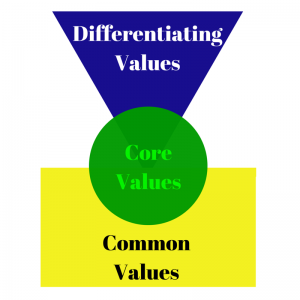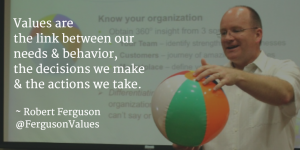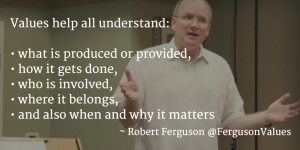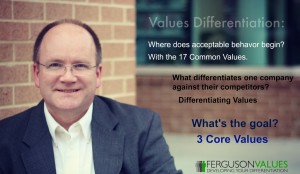What comes first – fame or marketing?
 For centuries, philosophers have asked the famous question, “Which came first, the chicken or the egg?” When applied to branding, the question could be asked, “What comes first – fame or marketing?”
For centuries, philosophers have asked the famous question, “Which came first, the chicken or the egg?” When applied to branding, the question could be asked, “What comes first – fame or marketing?”
As a differentiating value, Fame means favorable public reputation; widely honored and acclaimed.
Most people associate fame with celebrities. According to Forbes, the top 5 celebrities are: Jennifer Lopez, Oprah Winfrey, Justin Bieber, Rihanna, and Lady Gaga. These celebrities have a huge fan-base, making them big brands worth millions of dollars in valuation.
According to Interbrand, the top 5 business brands today are: Coca-Cola, Apple, IBM, Google, and Microsoft. It’s interesting to note that 4 of the top 5 brands are technology companies. Hmmm….
In the same way that fans follow their favorite Hollywood stars, marketers monitor and study top brands looking for clues on what they can learn and imitate. The reason? The tools and techniques used to create and market a brand keep changing. Or so it appears….
Jennifer Lopez (re)built her fan base leveraging her judge’s chair on American Idol. Justin Bieber rocketed to fame thanks to videos of his singing posted on YouTube, by his mother.
Similar comparisons can be seen in business brands.
The business of Coca-Cola started back in 1892. That’s a long time to build a $78 Billion brand. 106 years later, the business of Google started, and in only 14 years achieved a brand valuation of $70 Billion. Impressive!
Of interest, Google’s worldwide reach is estimated to be 1 billion unique visitors per month. But it is estimated that 1 billion cans of Coke are drunk each day across the world – and that doesn’t include plastic and glass bottles. Therefore, Coca-Cola’s reach is much bigger.
So, do tried and true marketing principles still work? Absolutely.
When your brand is already famous, like Lopez and Coke, marketers apply the same principles that worked 10 or 20 years ago, only now leveraging new channels to expand their brand.
But for up-and-coming brands, there has to be something else.
Before Bieber was famous, he was doing something different in an authentic way that was attractive to his audience. He was real.
Before Google became a verb, the company provided something useful in a dependable manner that was simple and easy to use for customers. It was relevant.
Only then did the marketing teams swoop in and do their ‘thing’ to grow these brands in an exponential manner. No amount of marketing can fix a bad product or keep a poor brand experience alive.
It’s also important to note that for both Bieber and Google, the road to becoming a famous brand still required tons of hard work, focus, and perseverance. But at least now they have the brand equity to continue fanning the flames of fame.
What one thing can up-and-coming brands do to prepare for fame?
What one thing can established brands do to preserve their fame?
Today’s value was selected from the “Freedom-Prosperity” category, based on the e-book Developing Your Differentiating Values.







